Its ability to tolerate both fresh and saltwater makes it a versatile predator that can travel far and wide. And where does the bull shark often go? The Ganges and Brahmaputra rivers, the very rivers where the Ganges shark is blamed for attacks on people.

While the Ganges shark is elusive and rarely seen, the bull shark is more visible and has a notorious reputation for aggressive behavior. Its large size, powerful jaws, and sharp teeth make it a formidable force in the water. It is known to attack not only fish but also mammals, including humans. Its territorial nature and willingness to venture into shallow waters further increase the risk of encounters with people.
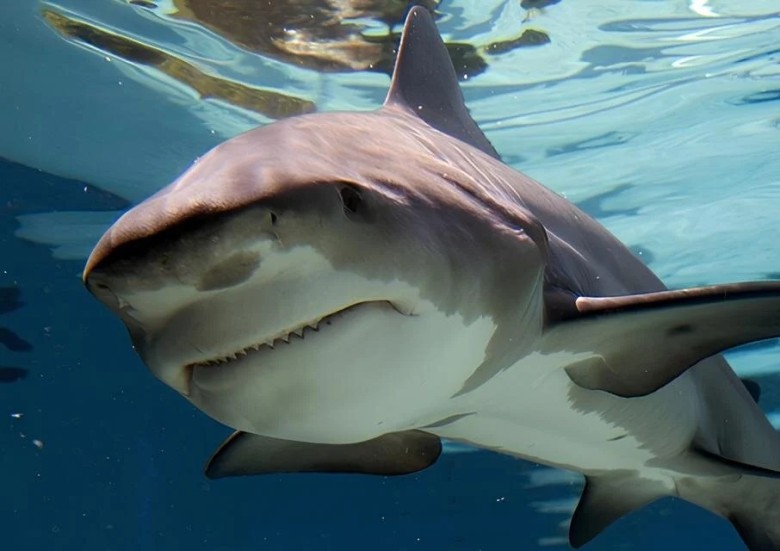
Witness accounts and victim testimonies reveal a consistent pattern of attacks that are more likely to be attributed to the bold and opportunistic bull shark rather than the elusive and endangered Ganges shark. The scars and wounds inflicted by these attacks are undeniable evidence, but it is crucial to direct our focus on the correct culprit.

The plight of the Ganges shark cannot be overshadowed by the misidentification and defamatory accusations. Its rarity and declining population should be a cause for concern rather than condemnation. Instead of blaming the wrong species, our attention should be directed towards conserving and protecting the Ganges shark, ensuring its survival for future generations.
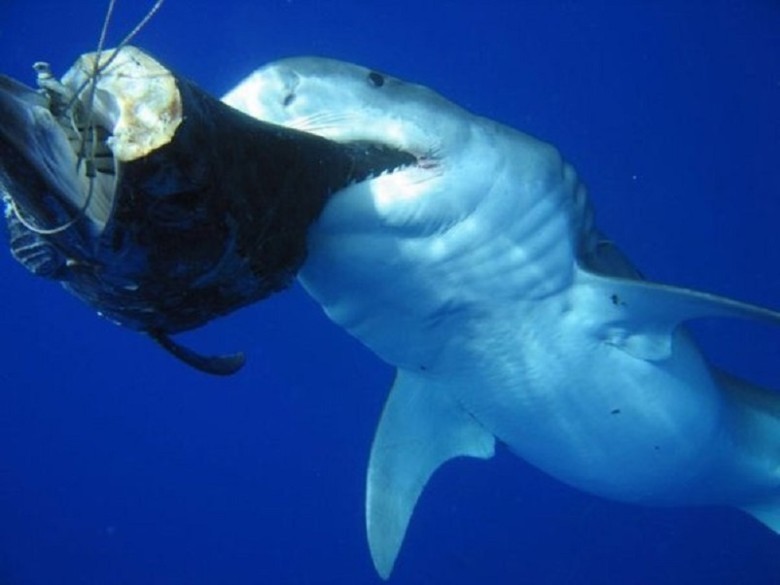
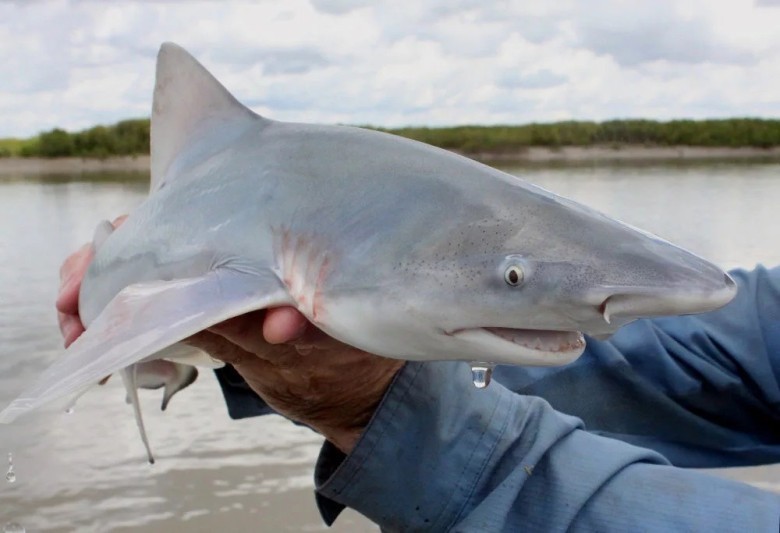
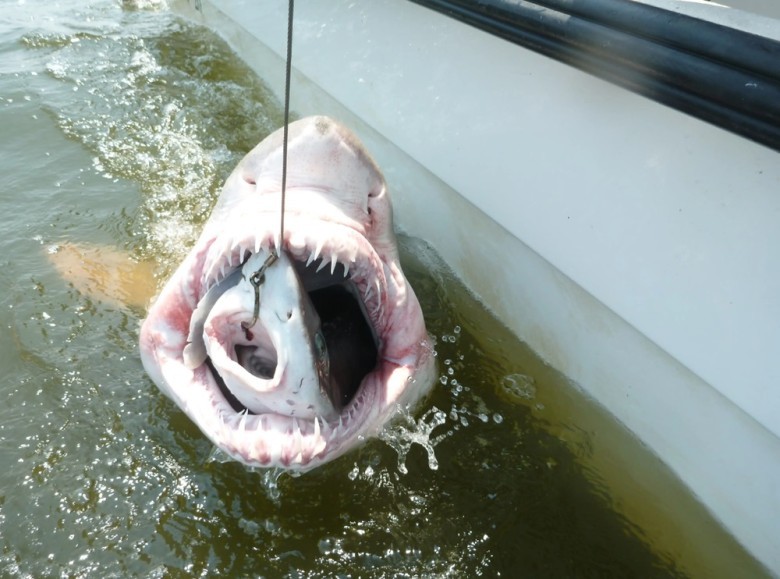
In conclusion, it is imperative that we rectify this misunderstanding and restore the reputation of the Ganges shark. Let us not let ignorance and misperceptions cloud our judgment. The bull shark, with its aggressive nature and ability to thrive in various environments, is the one responsible for the attacks on humans in the Ganges and Brahmaputra rivers. By raising awareness and implementing appropriate measures to minimize human-shark interactions, we can ensure the safety of both the local communities and the endangered Ganges shark.
It is time to unveil the truth, absolve the innocent, and bring the real culprit to justice. Let us protect and preserve the fragile ecosystems of these rivers, supporting scientific research and conservation efforts. Together, we can foster a better understanding of these magnificent creatures and coexist harmoniously with them.
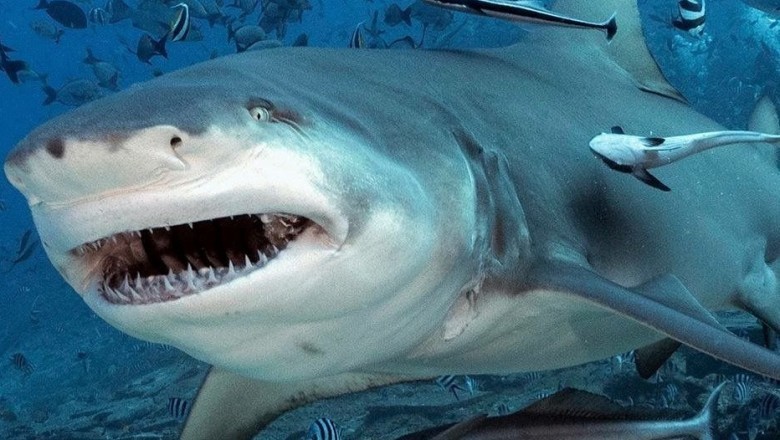























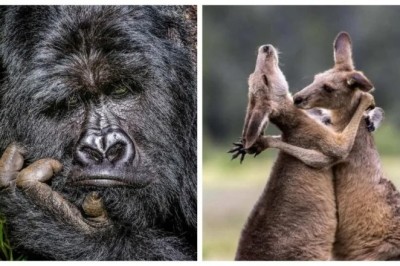
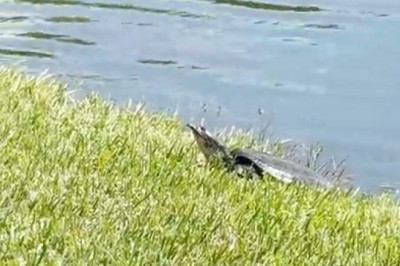

Comments
0 comment